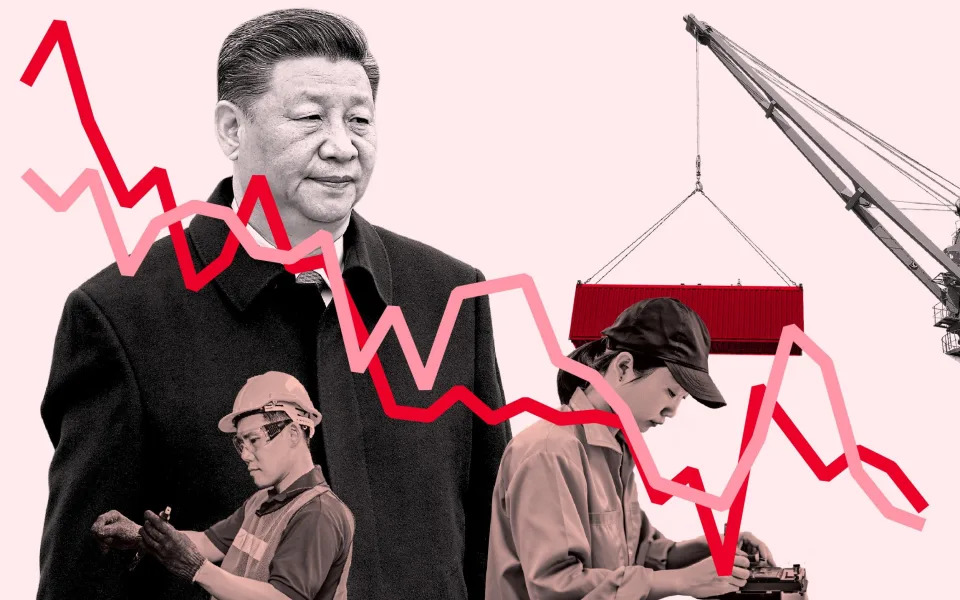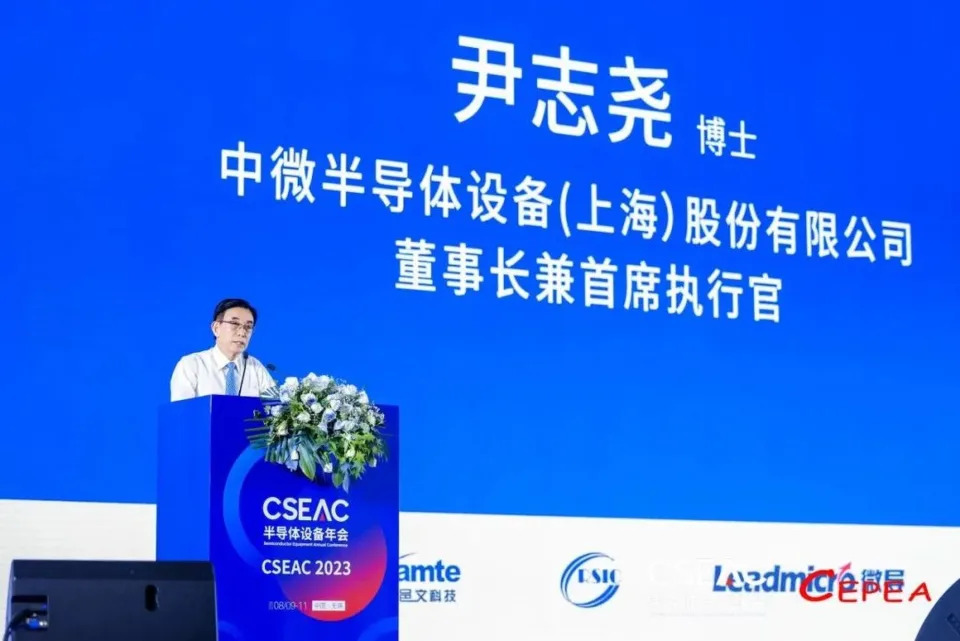India moves to replace British colonial-era sedition law with its own version
ASHOK SHARMA
Updated Fri, August 11, 2023

FILE-A woman holds a placard protesting against the sedition case filed by police against a school after a play performed by students denouncing a new citizenship law, in Bangalore, India, Tuesday, Feb. 4, 2020. India's government on Friday, Aug. 11, 2023, introduced a bill in Parliament that seeks to replace a British colonial-era law dealing with sedition charges with its own version.
AP Photo/Aijaz Rahi,
NEW DELHI (AP) — India’s government proposed legislation Friday in Parliament that seeks to replace a British colonial-era sedition law with its own version.
The government also submitted a bill that it said would better protect women and children by providing greater punishments for sexual crimes.
Britain's rulers in India imposed a law against sedition — actions aimed at encouraging people to be or act against a government — in 1860 to repress freedom fighters. India won independence from the British colonialists in 1947, but continued to use the law.
Indian Prime Minister Narendra Modi’s critics accused his government of using sedition charges to label dissenting citizens as disloyal toward the country. A conviction carries a maximum sentence of life imprisonment.
Home Minister Amit Shah said Friday that the bill submitted to India's lawmakers would repeal the British offense of sedition and introduce a new provision.
Chitranshul Sinha, a legal expert, said the government's proposed provision would punish “acts endangering sovereignty unity and integrity of India.” It carries prison sentence range of seven years to life.
"It doesn’t get rid of the British-era law. They (the government) have rearranged the provision,’’ Sinha said.
"It’s just a change of name. Essentially, nothing has changed,” he said. said.
The bill intended to protect women better would make sexual exploitation on the pretext of marriage, employment or promotion, or through the use of a hidden identity, a crime.
The legislation would make a gang rape conviction punishable by a maximum life sentence. imprisonment. Raping a child would be eligible for a death sentence, the Press Trust of India news agency said.
The bill also would allow penalties ranging from seven years in prison to death for mob lynching.
“I can assure the House (Parliament) that these bills will transform our criminal justice system. Punishment will be given to create a sentiment of stopping crime,” Shah said.
The two houses of India's Parliament are expected to consider the two bills later this year.
NEW DELHI (AP) — India’s government proposed legislation Friday in Parliament that seeks to replace a British colonial-era sedition law with its own version.
The government also submitted a bill that it said would better protect women and children by providing greater punishments for sexual crimes.
Britain's rulers in India imposed a law against sedition — actions aimed at encouraging people to be or act against a government — in 1860 to repress freedom fighters. India won independence from the British colonialists in 1947, but continued to use the law.
Indian Prime Minister Narendra Modi’s critics accused his government of using sedition charges to label dissenting citizens as disloyal toward the country. A conviction carries a maximum sentence of life imprisonment.
Home Minister Amit Shah said Friday that the bill submitted to India's lawmakers would repeal the British offense of sedition and introduce a new provision.
Chitranshul Sinha, a legal expert, said the government's proposed provision would punish “acts endangering sovereignty unity and integrity of India.” It carries prison sentence range of seven years to life.
"It doesn’t get rid of the British-era law. They (the government) have rearranged the provision,’’ Sinha said.
"It’s just a change of name. Essentially, nothing has changed,” he said. said.
The bill intended to protect women better would make sexual exploitation on the pretext of marriage, employment or promotion, or through the use of a hidden identity, a crime.
The legislation would make a gang rape conviction punishable by a maximum life sentence. imprisonment. Raping a child would be eligible for a death sentence, the Press Trust of India news agency said.
The bill also would allow penalties ranging from seven years in prison to death for mob lynching.
“I can assure the House (Parliament) that these bills will transform our criminal justice system. Punishment will be given to create a sentiment of stopping crime,” Shah said.
The two houses of India's Parliament are expected to consider the two bills later this year.














